In 1900, John and Horace Dodge founded the Dodge Brothers Company in Detroit, Michigan. They jumped into the mix of a budding automotive industry, attracting the attention of Olds Motor Vehicle Company and Ford. The Dodge bothers later became an exclusive supplier to Ford but that relationship was never meant to be.
“I am tired of being carried around in Henry Ford’s vest pocket,” declared John Dodge in 1913.
In November of that year, “Old Betsy,” Dodge’s first car off the assembly line showed they had no intentions of being confined to anybody’s pocket.
Their first dealer in Tennessee was established a short time later as orders started coming into Detroit. The legacy was building but sadly, the Dodge Brothers see only a portion of their success.
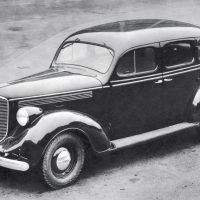
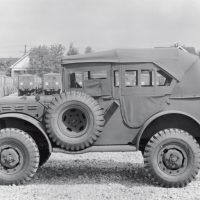
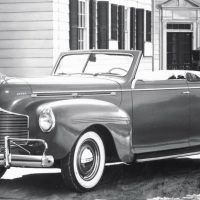
That Thing Got A Hemi?
Dodge 100 Years chronicles the Dodge journey, from the lavish lifestyles of the brothers to their technical innovations. Dodge is examined across generations, from the purchase of Chrysler, to their role in the Arsenal of Democracy; from of leadership of Lee Iacocca, to designing iconic vehicles like the Caravan and Viper.
Dodge even found its way to Hollywood.
But more importantly, Dodge found its way into our homes; be it through President Roosevelt’s rallying call to action, our insatiable love for horsepower, or our desire transport loved ones in safety, Dodge has forever etched its names in the annals of both automotive history and our hearts.
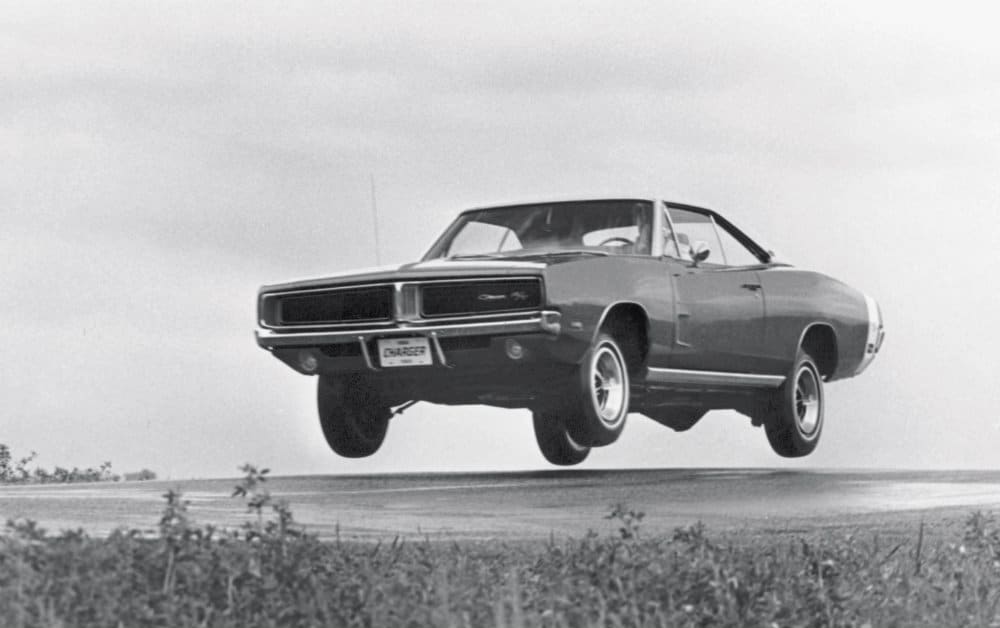
The 1969 Dodge Charger R/T. The R/T has starred in numerous movies and television shows over the years—one of its most notable roles being the General Lee in The Dukes of Hazzard.
Author
Matt DeLorenzo is a longtime automotive writer and enthusiast. DeLorenzo has been Editor of Autoweek, a staffer at Automotive News, and both Detroit Editor and Editor-in-Chief at Road & Track magazine. He is an original member of the organizing committee for the North American Car and Truck of the Year awards.
DeLorenzo’s telling of the Dodge story is done brilliantly and boldly, with no detail missed. When you finish the book, you will be glad you have a Hemi … or you will be like me and questioning why you don’t.
Dodge 100 Years is available through Motorbooks or Amazon.
*Carl Anthony is Managing Editor of Automoblog and resides in Detroit, Michigan.
Dodge 100 Years Gallery
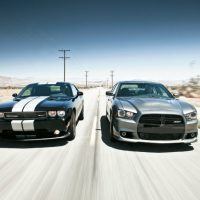
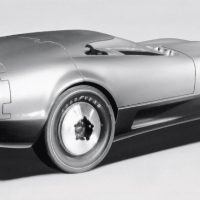
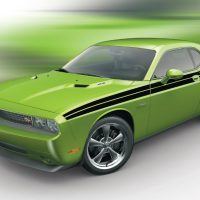
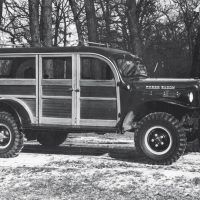
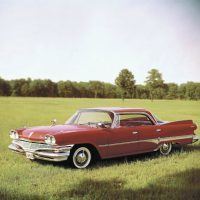
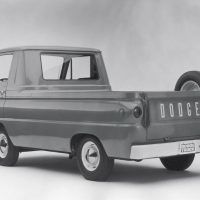
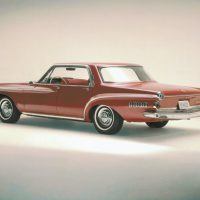
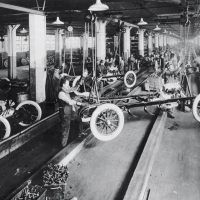
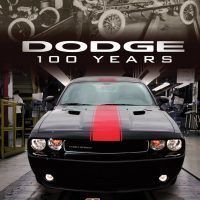
*Last week on Automoblog Book Garage we examined some incredible works of automotive art.
from Automoblog.net http://www.automoblog.net/2016/04/24/automoblog-book-garage-dodge-100-years/
via IFTTT
from Tumblr http://peternpalmer.tumblr.com/post/143312555956
via IFTTT
No comments:
Post a Comment